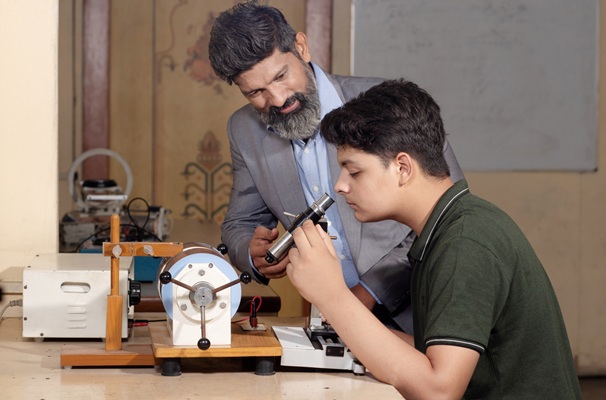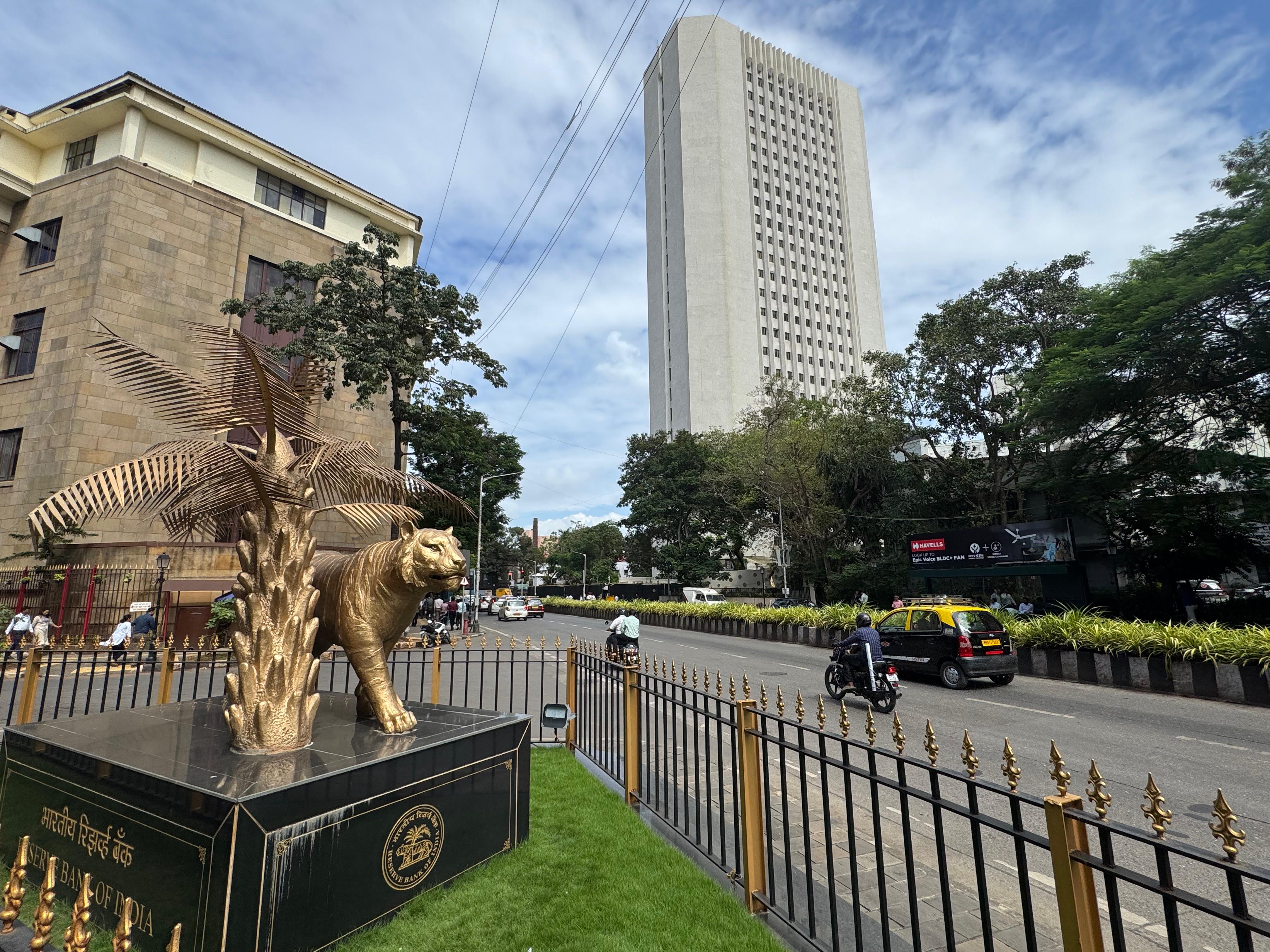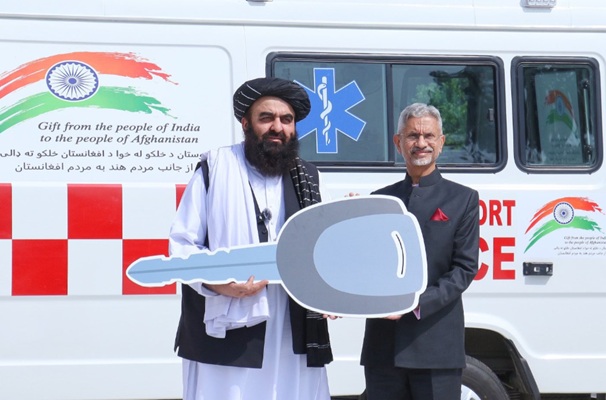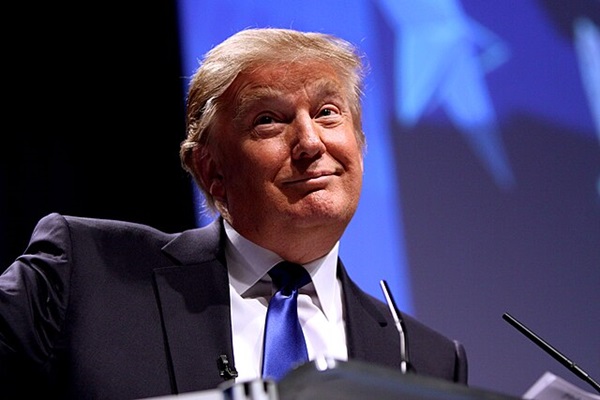.png)

By Sharmila Kantha
Sharmila Kantha is an industrial policy specialist and author. Formerly a consultant at the CII*, she has worked extensively on economic policy and India’s international engagement.
October 16, 2025 at 7:43 AM IST
Today, technological strength is not just a measure of development, but also of geopolitical power standing. Countries with global aspirations measure their performance on the Global Innovation Indexto determine gaps and to take policy actions.
The GII, brought out annually since 2007, encapsulates the innovation readiness of about 130 economies and provides a ranking of their performance based on some 80 indicators. Its 2025 edition, released in September and titled ‘Innovation at the Crossroads’, ranked India at 38 among 139 economies. This is a considerable improvement over the 48th position in 2020. However, when viewed from 2009, when India was at 41, the pace of improvement is nothing to write home about.
In fact, in 2011, the earliest report available on the WIPO website, India had fallen to 62nd spot. Comparing the 2011 data for India with the most recent report shows a mixed picture. The GII looks at parameters across six pillars, including institutions, human capital and research, infrastructure, market sophistication, business sophistication, and knowledge and technology outputs.
The 2011 report shows that India performed poorly in terms of the innovation input sub-index (87th) and moderately in the innovation output sub-index (44th). Within this, the pillars of human capital and research, institutions and business sophistication were identified as the crucial gaps limiting innovation, while creative outputs, market sophistication, scientific outputs, and infrastructure stood at relatively better rankings.
Among the individual parameters, India outperformed in 2011 in computer and communication service exports (4th), gross capital formation (9th), and creative goods exports (9th). Yet its rank was low in critical indices such as secondary pupil-teacher ratio, tax rates as a percentage of profits, and cost to start a business, each hovering around 115th.
Coming to the 2025 edition, while the pillars are largely similar over the years, many of the data parameters are different. In sum, India improved significantly in both innovation inputs at rank 52 and innovation outputs, ranked 32.
The pillar of institutions saw a jump from 94th rank in 2011 to 58th in 2025. Policy stability for doing business, regulatory quality, and operational stability for businesses are the key issues needing further improvement under this pillar. India’s rank fell under rule of law during this period, indicating that better functioning judicial systems are an imperative to foster innovation.
Under human capital and research, India made considerable progress in its rank from 104 in 2011 to 54 in 2025. The secondary pupil-teacher ratio saw an improvement but remained at a low 98th rank. The gross tertiary enrolment percentage also showed little progress, despite the higher rank in education expenditure as a percentage of GDP. High quality secondary and tertiary education remains a formidable gap in India’s technological attainments.
A major cause for concern is the steep drop in the rank for gross expenditure on R&D as a percentage of GDP from 38th to 56th. This emphasises that India is falling far behind in the global race for technology and innovation, which is affecting its overall growth prospects as well as its geopolitical influence. Immediate action must be taken to reverse the drop, particularly by businesses, which exhibited a near-stagnant rank in business expenditure on R&D over 2011-2025.
On the infrastructure front, Indian continues to rank low in areas such as energy use per capita and access to information communication tecchnology. It also appears that other countries have performed better in gross capital formation as India’s rank has fallen from 9th to 14th during this period. It is surprising that the rank for government online services has moved from 52 to just 44 over 14 years, despite the roll-out of several digitally delivered government services.
Domestic market scale has been added as a data point for market sophistication and India with its huge market ranks 3rd in this parameter. It also does well in late-stage VC count as a percentage of global VC deals, and finance for startups, where it comes in among the top 10 ranks. On the other hand, India stands at 116th for weighted average applied tariff rates. This is a distinct disadvantage for its global trade and technology participation.
Under business sophistication, the sharp fall in university-industry R&D collaborations where India ranks 91st as compared to 52nd in the 2011 GII edition implies a widening gap between academia and businesses that hinders commercialisation of innovation. The pathway for greater such joint R&D needs to be clearly defined through an efficient incentive structure for businesses.
The knowledge and technology output pillar shows a mixed performance in 2025. On the one hand, India dominates with top rank in ICT exports as a percentage of total trade. It also figures well in unicorn valuation, patents by origin, and citable documents. On the other, its output of scientific and technical articles as a proportion of its GDP per capita ranks low, due to its high population.
Surprisingly, in creative goods exports, India dropped out of the top-10 rank of 2011 to reach 26th for 2025. The usage of indicators based on per-capita levels also placed India at a disadvantage when it comes to national film industry and entertainment and media market which have been its strong industry sectors.
While India takes the lead in innovation among the low-middle income countries, a look at China in the GII as an upper middle-income economy is instructive. China enjoys the highest PISA scales in reading, maths and science, the highest utility models by origin, and the top position in trademarks, industrial designs and creative goods exports. PISA scale tests students in reading, mathematics and science.
In over 20 datapoints, it ranks in the top 10, allowing it to enter the group of top 10 most innovative countries for the first time. China ranked 37th in 2009, just a little ahead of India’s position at 41, but in 2011, it pulled up to 29th rank and has steadily risen in the index to stand at 10th in 2025.
The Indian government has set up various national missions in areas such as semiconductors, green hydrogen, quantum and so on. It has also set up the Anusandhan National Research Fund and launched the Research, Development and Innovation Scheme with a proposed outlay of Rs 1 trillion over six years. Facilitative policies have also been initiated for different sectors such as space.
While these policies may yield results over the medium term, clearly, India needs to do much more to incentivise its businesses to invest in R&D and innovation. It also must drive industry-academia partnerships and increase the percentage of GDP spent on R&D. The present geopolitical contestations will only accelerate the technology race, and India cannot afford to be left out of the competition.
*Views are personal.




